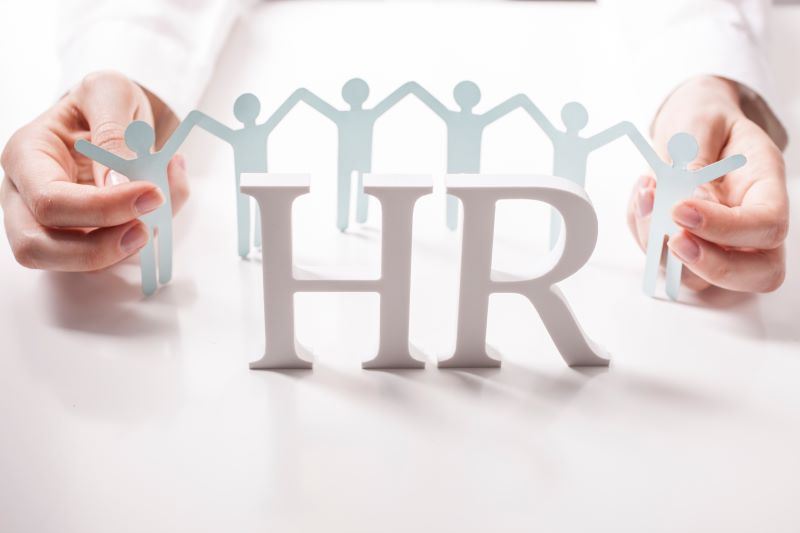
Employees are integral for any business, and understanding the human resource function is essential to manage them. Business plans, strategies and implementation of these plans are dependent on how human resources discover innovative approaches to resolve employee-related issues. A review of the past stages of the HR department's evolution helps in understanding how HR reached its present state.
Industrial Era HR
The 20th century witnessed severe labor unrest due to the employment-at-will doctrine and yellow-dog contracts that allowed employers to fire employees at will. These rules also restricted employees from participating in union activities. Because of frequent strikes and lack of manpower, companies instituted personnel departments to perform administrative activities related to employees. This was the time labor unions became prevalent, and the personnel department was used to resolve wage-related issues and other differences between the union and management. The personnel manager was responsible for employee attendance, labor-dispute management and general compliances of employee health and safety requirements. The recruitment section of the personnel department dealt mainly with selecting labor employees, along with a few salaried professionals.
Post FLSA HR
The Fair Labor Standards Act of 1938 was instituted around the time of the great depression. The FLSA mandated minimum wages, which brought cheer to the working population along with other laws that safeguard employee interests. Organizations set up management teams that handled various facets of business. As such, the personnel department’s role evolved to primarily statutory compliance and employee health and safety concerns. At this time, training and development took precedence in businesses, and the human resource department was created to address the need. Key HR functions, therefore, included performance and succession management, along with training and development. Over time, the roles between HR and the personnel department blurred.
21st Century HR
Changes in the economic conditions of the 21st century brought about the need for HR to take on additional responsibilities. HR staff, therefore, began actively participating in business decision-making. Often sharing a seat at the management table, they help determine when to downsize, outsource, retrain and recruit suitable talent. HR staff also participate in managing the cost of employee benefits such as insurance and pension and in handling other issues and activities such as creating and documenting policy, assisting with employee-related litigation and ensuring compliance with employment laws such as the Employee Retirement Income Security Act. Helping to determine the companies' overall direction, HR departments focus on building organizational capabilities using employee management and development strategies that align with organizational goals.
Information Age HR
The invention of new technologies and improvements on old ones has introduced a way for businesses to work across international borders. Thus, information technologies and globalization has changed business processes and opened up new avenues and challenges for human resources. While the costs are reduced and manpower abundant, human resources areas experienced unforeseen challenges. Some of these challenges include difficulties in managing employees dispersed across the globe, adjusting to new cultures and allocating resources in a timely manner. Here, new options such as simulated training and resource management software help to bridge gaps. HR departments changed again to adapt to the information age and stay above the manpower challenges.